Home>Furniture & Design>Bathroom Accessories>How To Unclog A Bathtub Drain With Bleach?
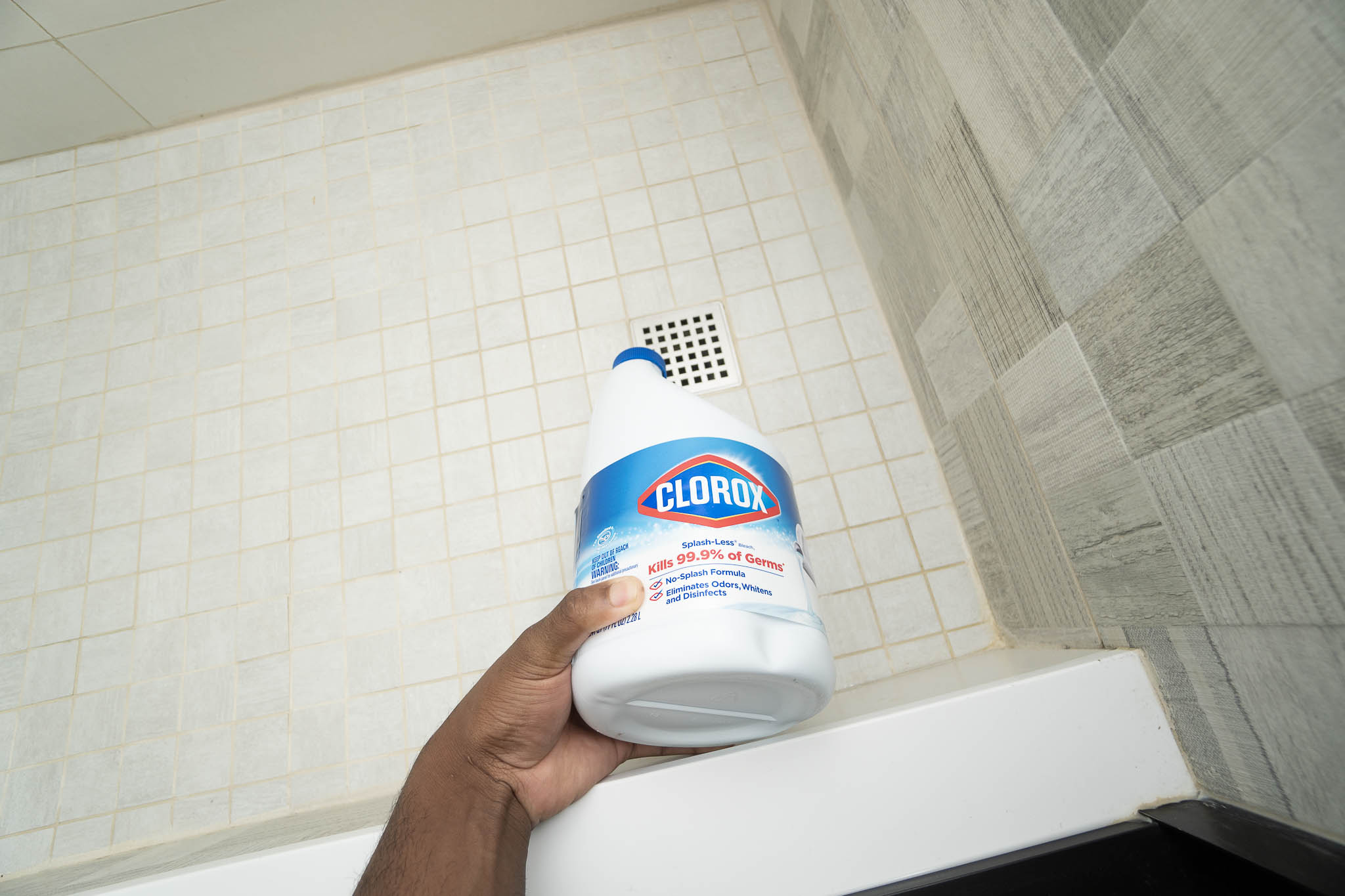

Bathroom Accessories
How To Unclog A Bathtub Drain With Bleach?
Modified: March 8, 2024
Learn how to effectively unclog a bathtub drain using bleach and other bathroom accessories. Follow these simple steps for a clean and clear drain.
(Many of the links in this article redirect to a specific reviewed product. Your purchase of these products through affiliate links helps to generate commission for Storables.com, at no extra cost. Learn more)
Introduction
A clogged bathtub drain can be a major inconvenience, disrupting your daily routine and causing frustration. Whether it's due to hair, soap scum, or other debris, a clogged drain can lead to slow drainage or standing water in the tub. While there are various methods to tackle this issue, using bleach to unclog a bathtub drain can be an effective and straightforward solution.
Bleach, a powerful cleaning agent, can help break down organic matter and clear minor clogs in the drain. It's a readily available household item that many people have on hand, making it a convenient option for addressing a clogged bathtub drain. By following a few simple steps, you can harness the cleaning power of bleach to restore proper drainage to your bathtub.
In the following sections, we will delve into the step-by-step process of using bleach to unclog a bathtub drain. From preparing the bleach solution to safely applying it to the drain, we will cover everything you need to know to effectively tackle this common household issue. Additionally, we will highlight safety precautions to keep in mind when working with bleach, ensuring that you can address the clog in a safe and responsible manner.
By the end of this guide, you will have a clear understanding of how to utilize bleach to unclog your bathtub drain, empowering you to take proactive measures to maintain a smoothly functioning plumbing system in your home. Let's dive into the process of using bleach as a solution for a clogged bathtub drain and reclaim the unobstructed flow of water in your tub.
Key Takeaways:
- Using bleach to unclog a bathtub drain is a practical and accessible solution. By preparing a bleach solution, pouring it down the drain, and flushing with hot water, you can effectively restore proper drainage.
- Safety is crucial when using bleach. Prioritize ventilation, wear protective gear, and avoid mixing bleach with other chemicals. Proper disposal and patience are key for a successful unclogging process.
Read more: How Unclog Bathtub Drain
Step 1: Prepare the bleach solution
To begin the process of unclogging a bathtub drain with bleach, the first step is to prepare the bleach solution. This involves creating a mixture that can effectively break down the clog and restore proper drainage to the tub. Here's a detailed guide on how to prepare the bleach solution:
Gather the Necessary Materials
Before preparing the bleach solution, gather the required materials, including a bottle of household bleach, a measuring cup, a funnel (optional), and a bucket or container for mixing the solution. It's important to use caution and ensure proper ventilation when working with bleach, so consider wearing gloves and opening windows to allow fresh air to circulate in the area.
Dilute the Bleach
Measure the bleach using the measuring cup, and dilute it with water in the bucket or container. A common ratio for creating a bleach solution is one part bleach to ten parts water. For example, if you're using one cup of bleach, mix it with ten cups of water. This diluted solution will be potent enough to break down the clog while minimizing the risk of damage to the plumbing system.
Mix Thoroughly
Once the bleach and water are combined, use a stirring utensil to mix the solution thoroughly. Ensure that the bleach is evenly distributed in the water, creating a well-blended mixture that is ready to be applied to the clogged drain.
Optional: Use a Funnel
If desired, you can use a funnel to pour the bleach solution into the drain more accurately. This can help prevent spills and ensure that the solution reaches the clog effectively. However, if a funnel is not available, carefully pouring the solution down the drain from the container can also be effective.
Safety Reminder
Throughout the process of preparing the bleach solution, it's crucial to prioritize safety. Avoid direct contact with the bleach, and be mindful of the fumes it may produce. Additionally, ensure that the area is well-ventilated to minimize exposure to the bleach vapors.
By following these steps to prepare the bleach solution, you will be ready to move on to the next phase of unclogging the bathtub drain. With the solution in hand, you can proceed to apply it to the clogged drain and begin the process of restoring proper water flow to your bathtub.
Step 2: Pour the bleach solution down the drain
With the bleach solution prepared, it's time to apply it to the clogged bathtub drain. This step is crucial in allowing the potent cleaning properties of bleach to reach the source of the clog and begin breaking it down. Here's a detailed guide on how to effectively pour the bleach solution down the drain:
-
Position Yourself Near the Drain
Before pouring the bleach solution, position yourself near the bathtub drain. Ensure that you have a clear view and access to the drain opening, allowing you to pour the solution directly into the affected area. -
Slowly Pour the Solution
Carefully pour the prepared bleach solution down the drain. Aim to direct the flow of the solution as close to the drain opening as possible, ensuring that it effectively reaches the clog. A steady and controlled pour can help maximize the contact between the bleach solution and the blockage, enhancing its effectiveness. -
Allow the Solution to Penetrate the Clog
As you pour the bleach solution, visualize it making its way through the drain and reaching the clog. The solution's chemical properties work to break down organic matter, such as hair and soap residue, which are common culprits of bathtub drain clogs. By allowing the solution to penetrate the clog, you set the stage for the cleaning process to unfold. -
Ensure Adequate Coverage
Aim to pour a sufficient amount of the bleach solution to ensure that it adequately covers the affected area within the drain. This comprehensive coverage can help target the entire clog, maximizing the solution's impact and facilitating the unclogging process. -
Avoid Overfilling the Drain
While it's important to ensure adequate coverage, be mindful of overfilling the drain with the bleach solution. Avoid pouring excessive amounts that could lead to spillage or unnecessary wastage of the solution. A controlled and measured pour is key to effectively treating the clog. -
Optional: Use a Plunger to Create Suction
If the clog is particularly stubborn, consider using a plunger to create suction and help the bleach solution reach deeper into the drain. This can enhance the solution's ability to dislodge the clog and promote improved drainage.
By following these steps to pour the bleach solution down the drain, you initiate the process of leveraging bleach's cleaning power to address the clog in your bathtub drain. With the solution effectively applied, you are ready to proceed to the next phase of the unclogging process, allowing the bleach to work its magic in breaking down the obstruction.
Step 3: Let the bleach sit
After pouring the bleach solution down the drain, it's essential to allow it to sit and work its magic on the clog. This crucial step enables the potent cleaning properties of bleach to penetrate the obstruction, break down organic matter, and begin the process of restoring proper water flow to your bathtub. Here's a detailed guide on how to effectively let the bleach sit and facilitate the unclogging process:
-
Exercise Patience: Once the bleach solution has been applied to the drain, exercise patience and allow it to sit undisturbed for an extended period. The recommended duration for letting the bleach sit can vary, but allowing it to remain in the drain for at least 15 to 30 minutes is generally advisable. This timeframe provides the bleach with ample opportunity to target the clog and initiate the cleaning process.
-
Visualize the Action: As the bleach solution sits in the drain, visualize its chemical properties working to break down the clog. Envision the solution penetrating the obstruction and effectively dissolving the accumulated debris, such as hair, soap scum, and other organic matter. This mental imagery can reinforce your understanding of the bleach's cleaning power and its impact on the clog.
-
Maximize Contact Time: The extended sitting period allows the bleach solution to maximize its contact time with the clog. This prolonged exposure enhances the solution's ability to disintegrate the blockage, gradually loosening its grip on the drain and facilitating the restoration of unobstructed water flow.
-
Consider Overnight Treatment: For particularly stubborn clogs, consider letting the bleach solution sit in the drain overnight. This extended treatment can provide the solution with ample time to work on the clog, especially if it consists of densely packed debris. However, exercise caution and ensure that the drain is well-ventilated if opting for an overnight treatment.
-
Avoid Using the Drain: While the bleach solution is sitting in the drain, refrain from using the bathtub or allowing any additional water to flow into the drain. This precautionary measure prevents dilution of the bleach solution and ensures that it can focus on the task of breaking down the clog without interference.
By following these steps to let the bleach sit in the drain, you provide the solution with the necessary time to exert its cleaning prowess on the clog. This patient approach sets the stage for the subsequent phase of the unclogging process, allowing the bleach to effectively prepare the drain for the final steps of restoration.
Read more: How To Unclog A Bathtub Drain Naturally
Step 4: Flush the drain with hot water
After allowing the bleach solution to sit and work its magic on the clog, the next crucial step in unclogging a bathtub drain involves flushing the drain with hot water. This step serves as the final push to dislodge any remaining debris and clear the pathway for unobstructed water flow. Here's a detailed guide on how to effectively flush the drain with hot water:
-
Prepare the Hot Water: Begin by preparing a sufficient amount of hot water to flush the drain. The water should be at a temperature that is comfortably hot to the touch but not boiling. Boil water in a kettle or heat it on the stovetop to achieve the desired temperature.
-
Carefully Pour the Hot Water: Slowly and steadily pour the hot water down the drain, aiming to direct the flow as close to the drain opening as possible. The hot water serves as a catalyst to further break down any residual debris and carry it away, contributing to the unclogging process.
-
Visualize the Clearing Process: As you pour the hot water, visualize it coursing through the drain and effectively dislodging any remaining remnants of the clog. Envision the hot water acting as a forceful agent, sweeping away the loosened debris and restoring the drain to its optimal functionality.
-
Promote Adequate Drainage: Aim to pour a substantial amount of hot water to ensure that it thoroughly flushes the drain and promotes adequate drainage. The force and volume of the hot water can help dislodge any lingering particles, facilitating their expulsion from the drain.
-
Observe the Drainage: As you flush the drain with hot water, observe the drainage to gauge the effectiveness of the unclogging process. Ideally, you should notice a swift and unimpeded flow of water, indicating that the clog has been successfully addressed.
-
Repeat if Necessary: If the initial hot water flush does not result in optimal drainage, consider repeating the process. Additional rounds of hot water flushing can further dislodge stubborn debris and enhance the overall effectiveness of the unclogging efforts.
By following these steps to flush the drain with hot water, you complete the final phase of the unclogging process, harnessing the combined power of bleach and hot water to restore proper functionality to your bathtub drain. With the drain effectively flushed and the clog addressed, you can revel in the satisfaction of successfully resolving this common household issue.
Step 5: Repeat if necessary
In some instances, a single application of bleach and a hot water flush may not entirely eliminate a stubborn clog in the bathtub drain. When faced with persistent or particularly resilient blockages, it may be necessary to repeat the entire unclogging process to achieve the desired results. This step is crucial in ensuring that any remaining debris or partial obstructions are effectively addressed, allowing for unimpeded water flow and optimal drainage in the bathtub.
If the initial application of bleach and hot water flush does not yield the expected improvement in drainage, consider repeating the entire process to reinforce the unclogging efforts. Here's a detailed guide on how to approach the repetition of the unclogging process:
-
Assess the Drainage: Begin by assessing the current state of the drainage after the initial unclogging attempt. If you notice only marginal improvement or if the water continues to drain slowly, it indicates that residual debris may still be present within the drain.
-
Prepare a Fresh Bleach Solution: If a repeat is deemed necessary, prepare a fresh batch of the bleach solution following the previously outlined steps. Dilute the bleach with water in the appropriate ratio and ensure that the solution is well-mixed and ready for application.
-
Reapply the Bleach Solution: Pour the freshly prepared bleach solution down the drain, following the same careful and controlled approach as in the initial application. Aim to achieve comprehensive coverage of the affected area within the drain, allowing the bleach to target any remaining debris and obstructions.
-
Allow for Extended Sitting Time: After reapplying the bleach solution, allow it to sit in the drain for an extended period, as previously recommended. Exercise patience and provide the solution with ample time to penetrate the remaining clog and initiate the cleaning process.
-
Flush with Hot Water: Once the bleach solution has been given sufficient time to work on the clog, proceed to flush the drain with hot water as outlined in the previous step. The hot water serves as a complementary agent to further dislodge any lingering debris and promote optimal drainage.
-
Observe the Drainage: After the repeat application of bleach and hot water flush, observe the drainage to assess the effectiveness of the unclogging process. Ideally, you should notice a significant improvement in water flow, indicating that the repeated efforts have contributed to addressing the stubborn clog.
-
Consider Professional Assistance: If repeated attempts to unclog the drain using bleach and hot water prove ineffective, it may be prudent to seek professional plumbing assistance. A licensed plumber can employ specialized tools and techniques to address more complex clogs and ensure the thorough restoration of drainage in the bathtub.
By following these steps to repeat the unclogging process if necessary, you demonstrate a proactive and persistent approach to addressing challenging bathtub drain clogs. Through careful assessment and diligent application of the unclogging methods, you can effectively tackle stubborn obstructions and restore the optimal functionality of your bathtub drain.
Safety precautions when using bleach
When using bleach to unclog a bathtub drain, it is essential to prioritize safety to ensure a responsible and risk-free approach to addressing the clog. Bleach, a potent cleaning agent, possesses strong chemical properties that necessitate careful handling and application. By adhering to the following safety precautions, you can mitigate potential risks and create a safe environment for utilizing bleach as a solution for unclogging the drain.
-
Ventilation: Prior to working with bleach, ensure that the area is well-ventilated. Open windows and doors to allow fresh air to circulate, minimizing the concentration of bleach fumes in the vicinity. Adequate ventilation helps reduce the inhalation of potentially harmful vapors, promoting a safer working environment.
-
Protective Gear: Consider wearing protective gear, such as gloves and eye protection, when handling bleach. These items serve as a barrier between the skin and the bleach, reducing the risk of direct contact and potential irritation. Additionally, eye protection safeguards against accidental splashes, enhancing overall safety during the unclogging process.
-
Avoid Mixing with Other Chemicals: Refrain from mixing bleach with other cleaning products or chemicals, as this can lead to hazardous reactions and the release of toxic fumes. It is crucial to use bleach independently and avoid combining it with substances that may produce harmful compounds when in contact with bleach.
-
Prevent Contact with Skin and Eyes: Exercise caution to prevent direct contact between bleach and the skin or eyes. In the event of accidental exposure, promptly rinse the affected area with water and seek medical attention if irritation persists. Handling bleach with care minimizes the risk of skin and eye irritation.
-
Keep Children and Pets Away: When working with bleach, ensure that children and pets are kept away from the area. Store bleach and the prepared solution in a secure location inaccessible to curious hands or paws. This precaution prevents accidental ingestion or exposure to bleach, safeguarding the well-being of household members and pets.
-
Proper Disposal: After completing the unclogging process, dispose of any remaining bleach solution responsibly. Avoid pouring excess bleach down the drain and adhere to local guidelines for the proper disposal of household chemicals. This environmentally conscious approach minimizes the impact of bleach on the ecosystem.
By observing these safety precautions when using bleach, you can approach the unclogging process with a heightened awareness of potential risks and the necessary measures to mitigate them. Prioritizing safety not only protects your well-being and that of others but also contributes to a responsible and conscientious approach to utilizing household cleaning agents.
Pour 1 cup of bleach down the clogged drain and let it sit for 15 minutes. Then, flush the drain with hot water to help clear the clog. Be sure to wear gloves and ventilate the area when using bleach.
Conclusion
In conclusion, utilizing bleach to unclog a bathtub drain presents a practical and accessible solution for addressing common plumbing issues. By following the step-by-step process outlined in this guide, individuals can effectively harness the cleaning power of bleach to break down organic matter, dislodge debris, and restore unimpeded water flow to their bathtub. From preparing the bleach solution to allowing it to sit and flushing the drain with hot water, each phase of the unclogging process contributes to the comprehensive restoration of drainage functionality.
It is important to emphasize the proactive and safety-conscious approach required when working with bleach. Prioritizing proper ventilation, wearing protective gear, and preventing contact with skin and eyes are essential precautions that contribute to a responsible and risk-free unclogging process. Additionally, adhering to safe handling practices and considering environmental impact during the disposal of bleach further underscores the conscientious application of this household cleaning agent.
While the outlined steps provide a systematic framework for addressing bathtub drain clogs with bleach, it is crucial to exercise patience and persistence, especially when faced with stubborn obstructions. In cases where a single application may not entirely eliminate the clog, the option to repeat the unclogging process ensures a thorough and diligent approach to achieving optimal drainage.
Furthermore, it is important to recognize that while bleach can effectively address minor clogs, more complex or persistent drainage issues may necessitate professional plumbing assistance. Licensed plumbers possess the expertise and specialized tools to tackle challenging clogs and ensure the comprehensive restoration of drainage systems.
By integrating the insights and methods presented in this guide, individuals can confidently navigate the process of using bleach to unclog their bathtub drain, empowering them to proactively maintain a smoothly functioning plumbing system in their homes. This proactive approach not only addresses immediate clogging concerns but also contributes to the overall maintenance and longevity of the plumbing infrastructure.
In essence, the utilization of bleach as a solution for unclogging a bathtub drain exemplifies the fusion of practicality, safety, and environmental responsibility. By embracing these principles, individuals can effectively address clogs while upholding a conscientious and proactive approach to household maintenance.
Frequently Asked Questions about How To Unclog A Bathtub Drain With Bleach?
Was this page helpful?
At Storables.com, we guarantee accurate and reliable information. Our content, validated by Expert Board Contributors, is crafted following stringent Editorial Policies. We're committed to providing you with well-researched, expert-backed insights for all your informational needs.
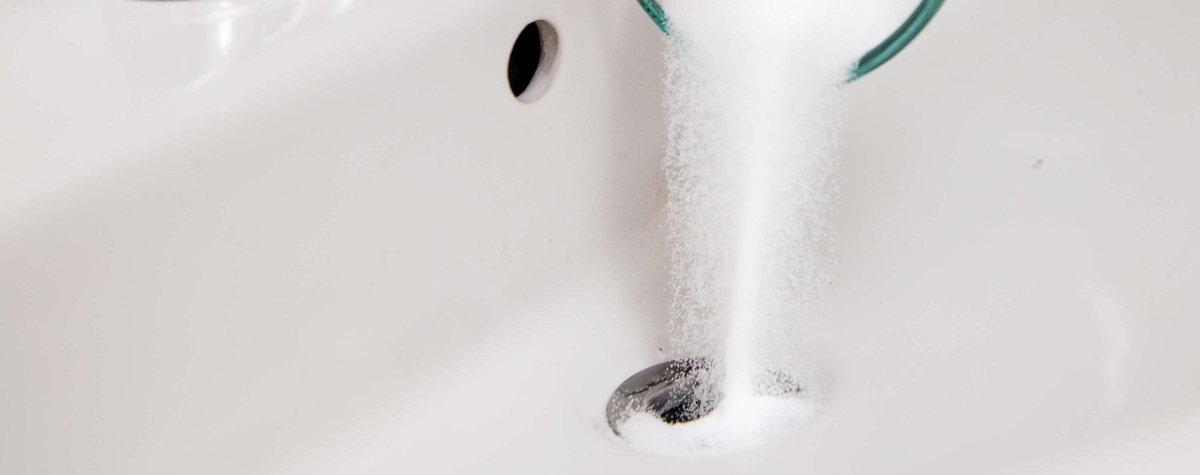
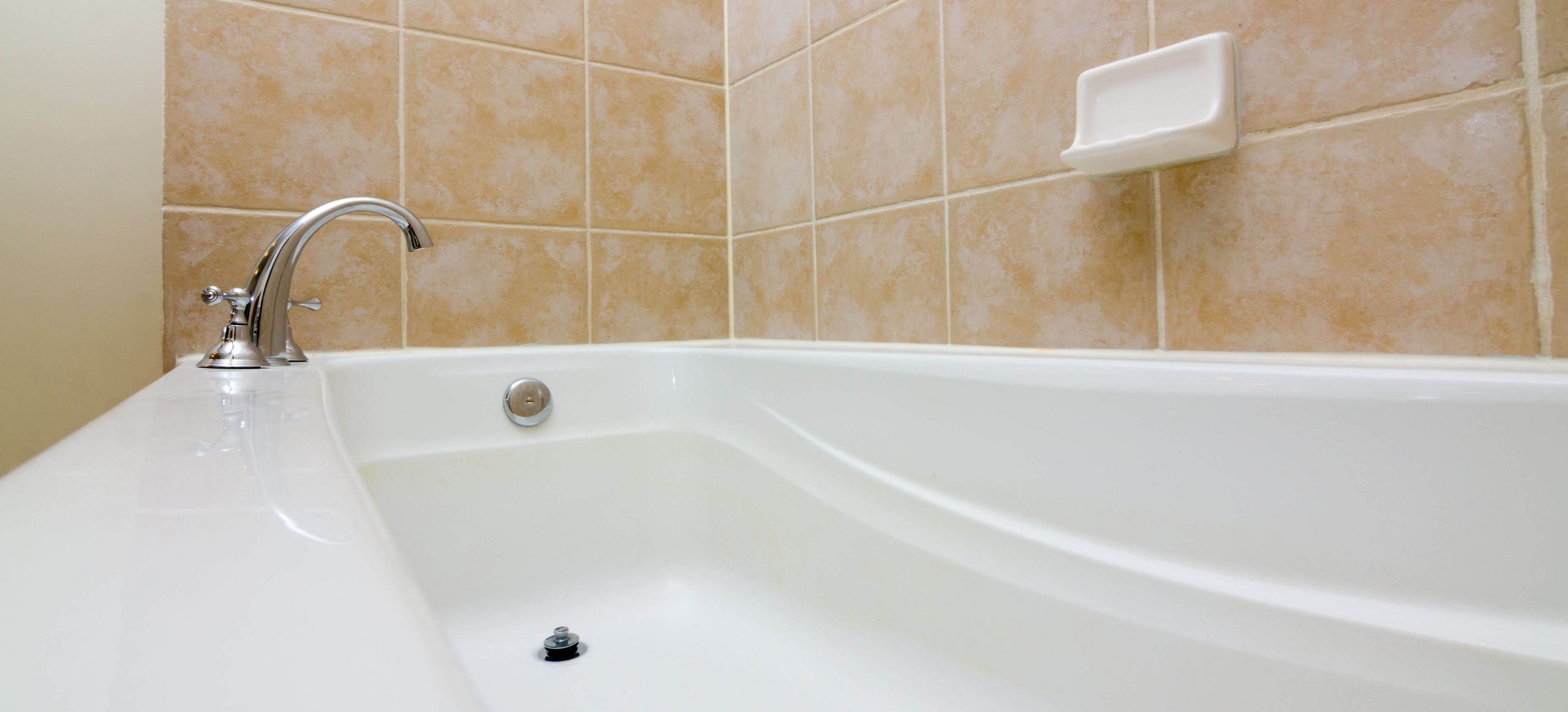
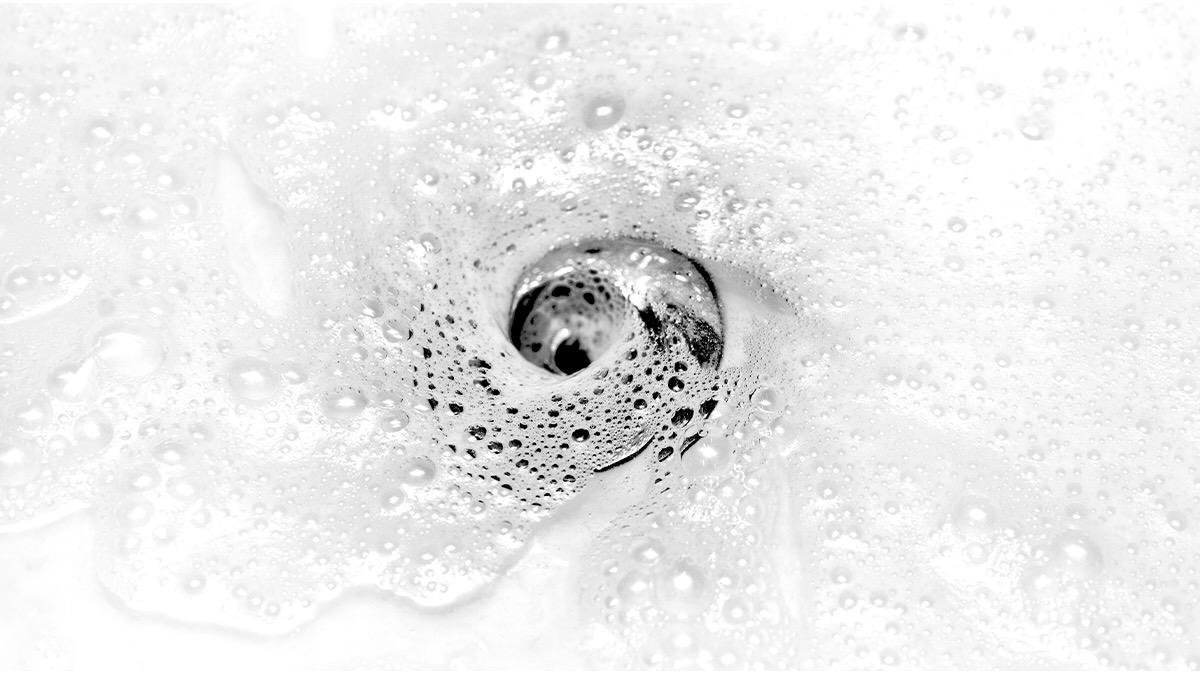
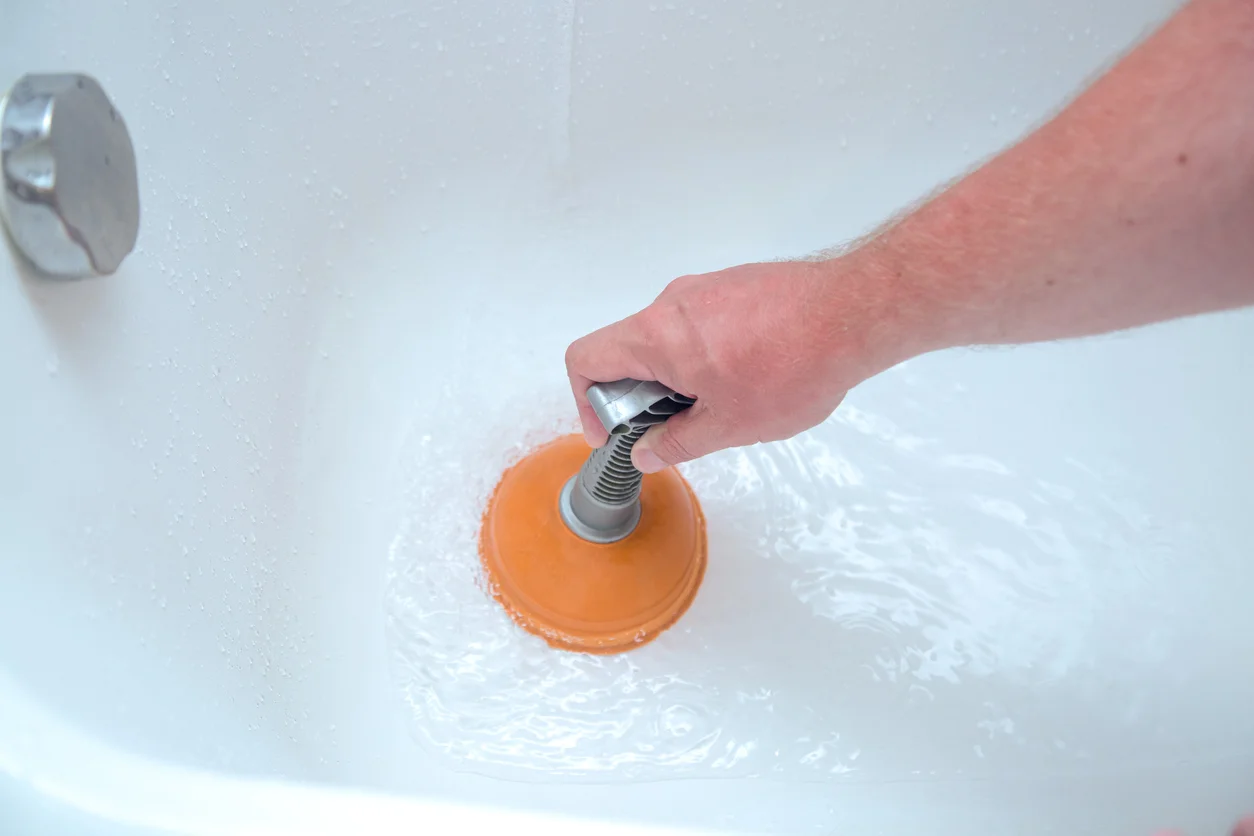
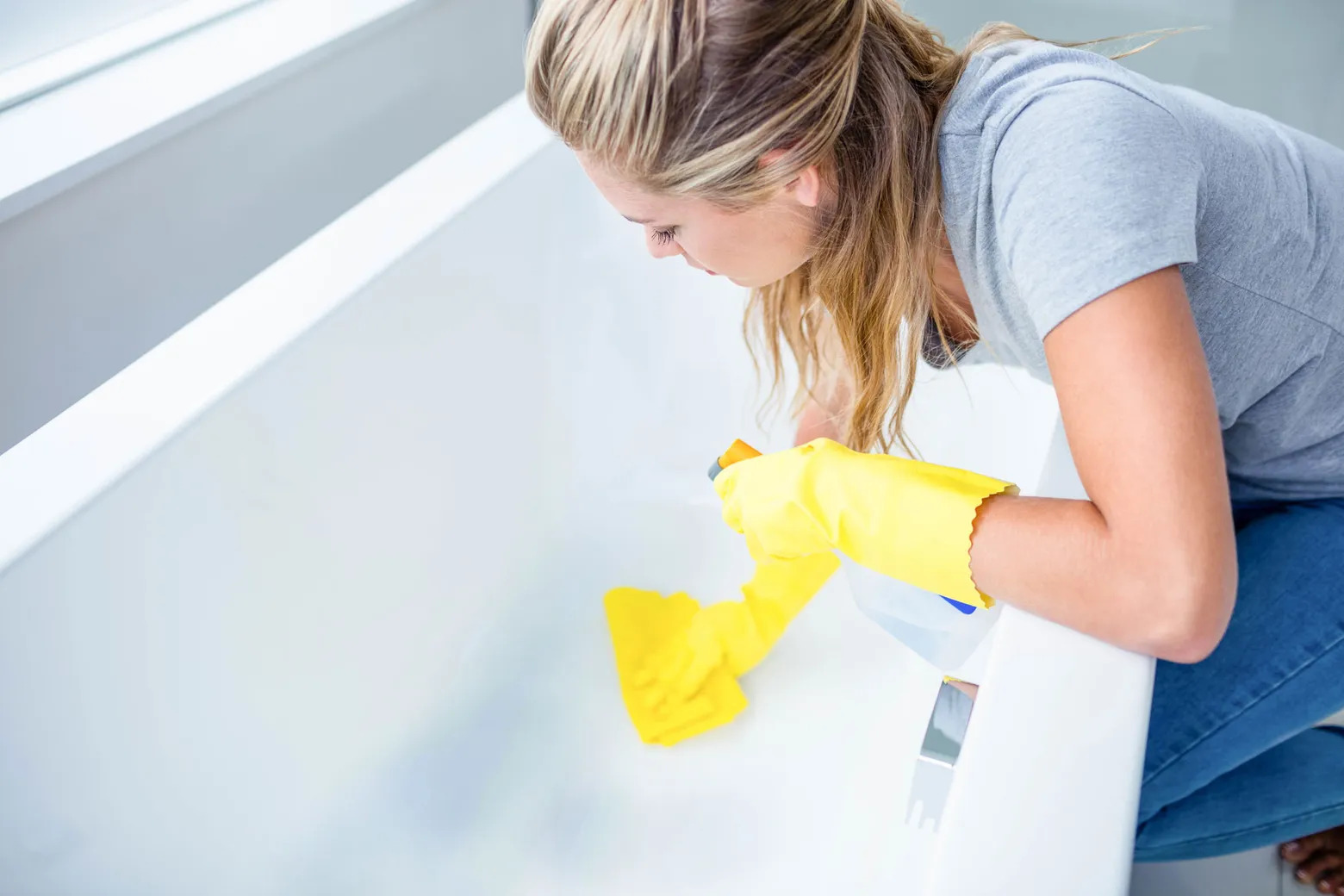
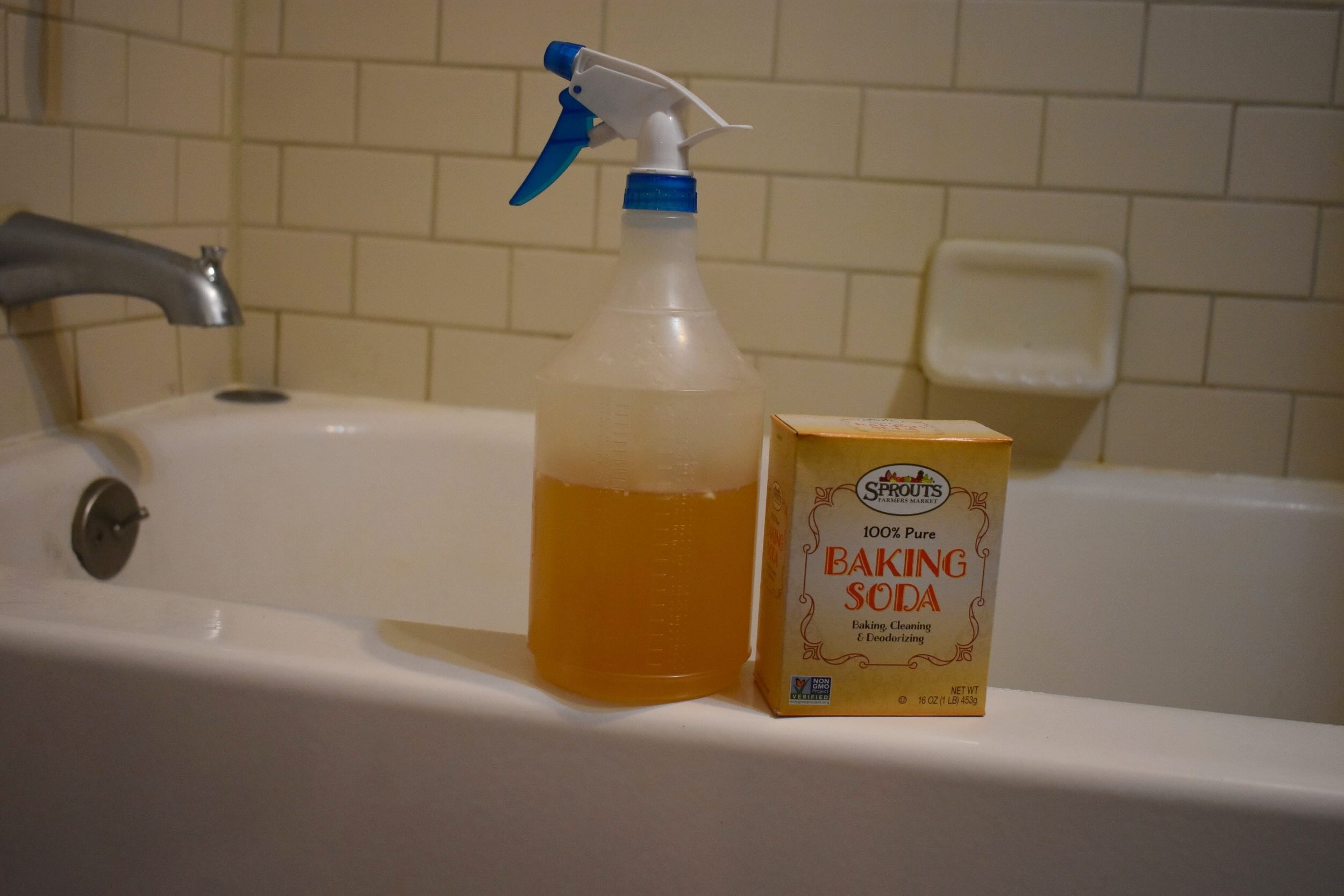
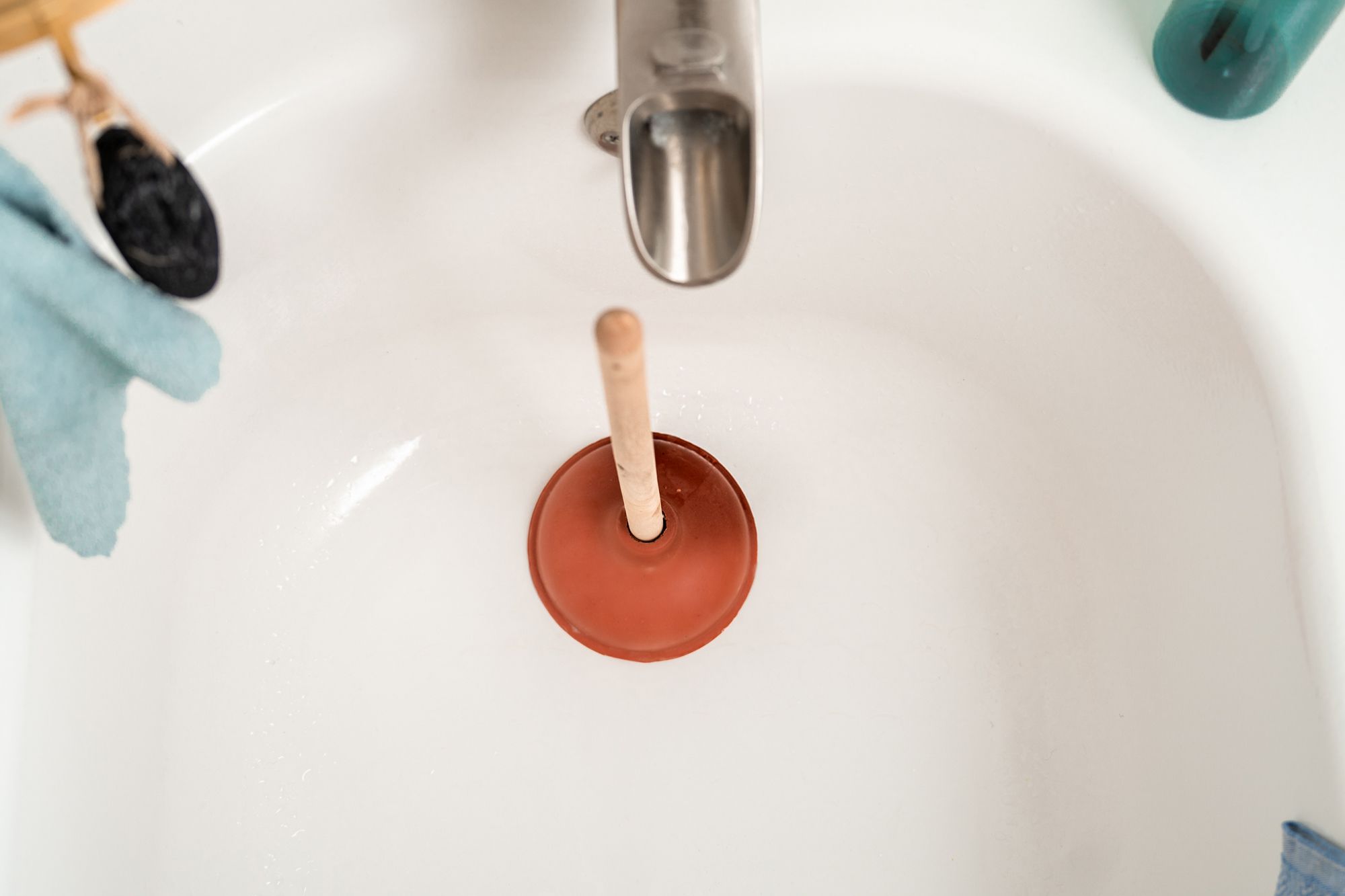
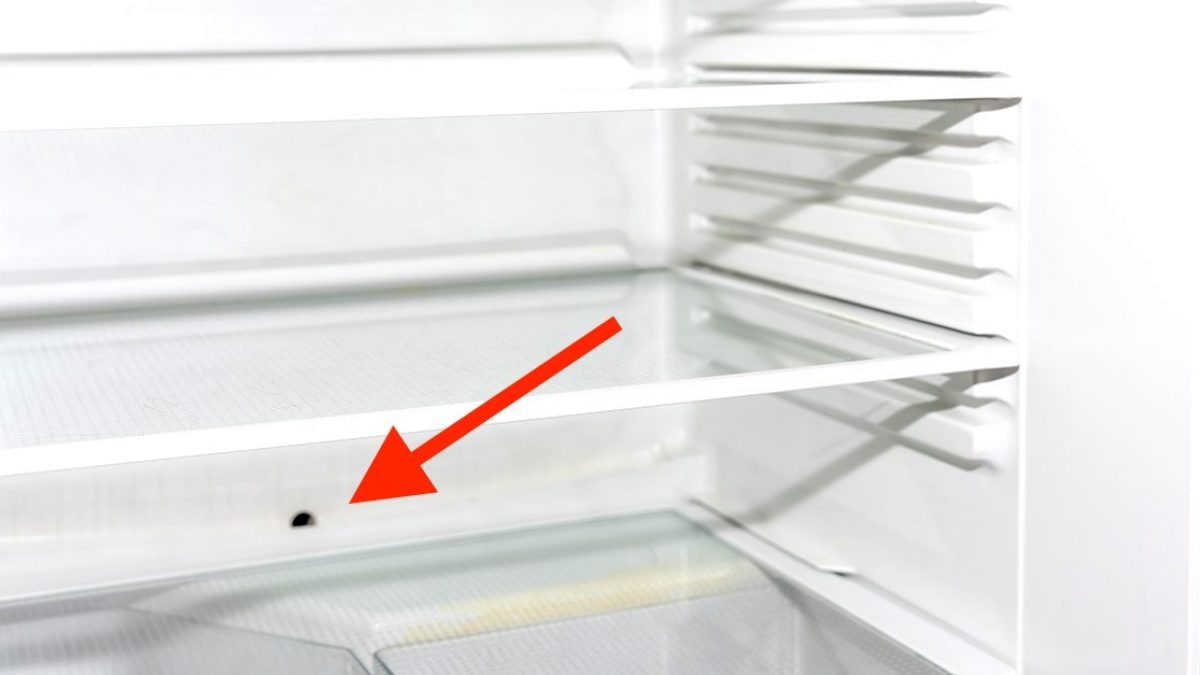
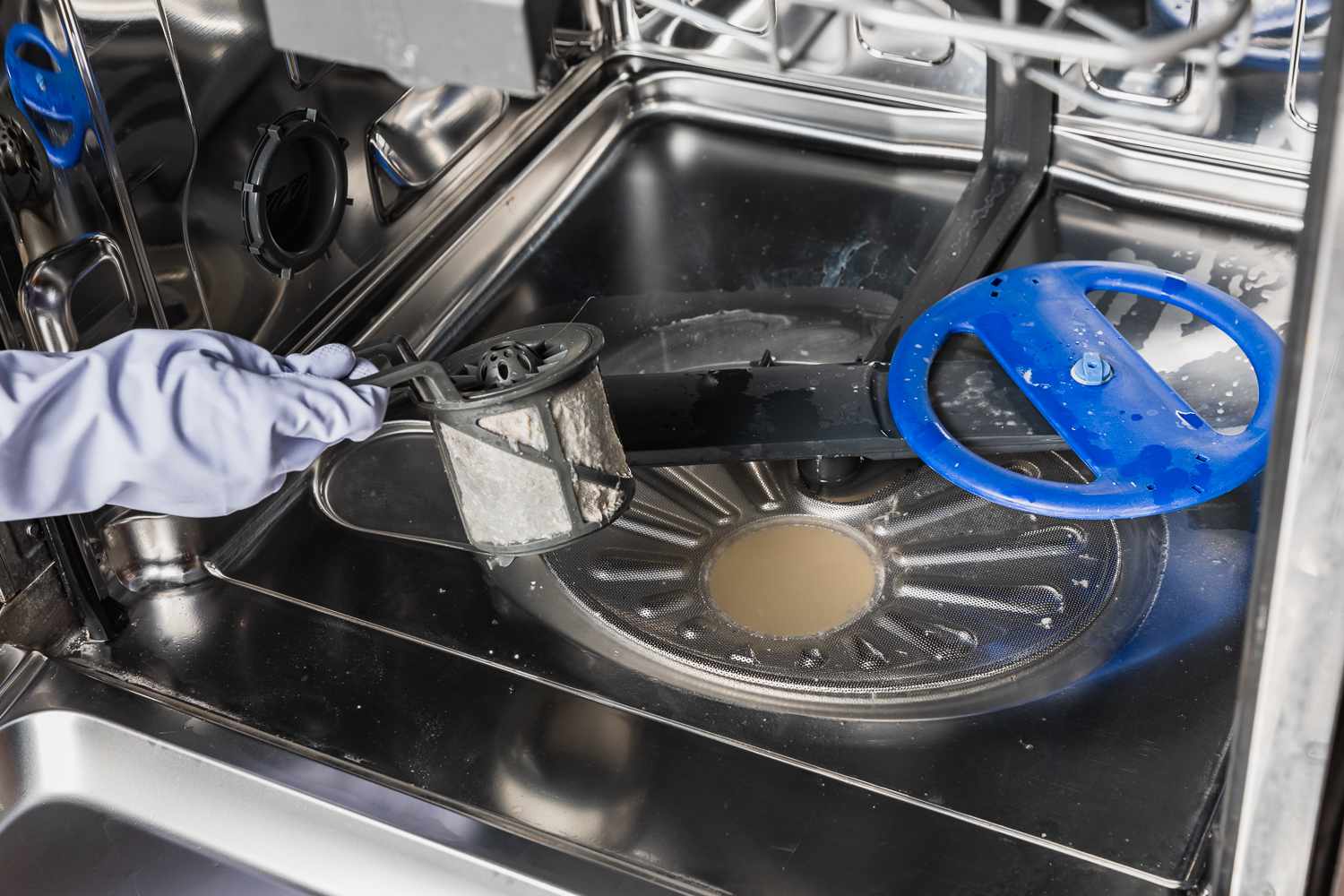
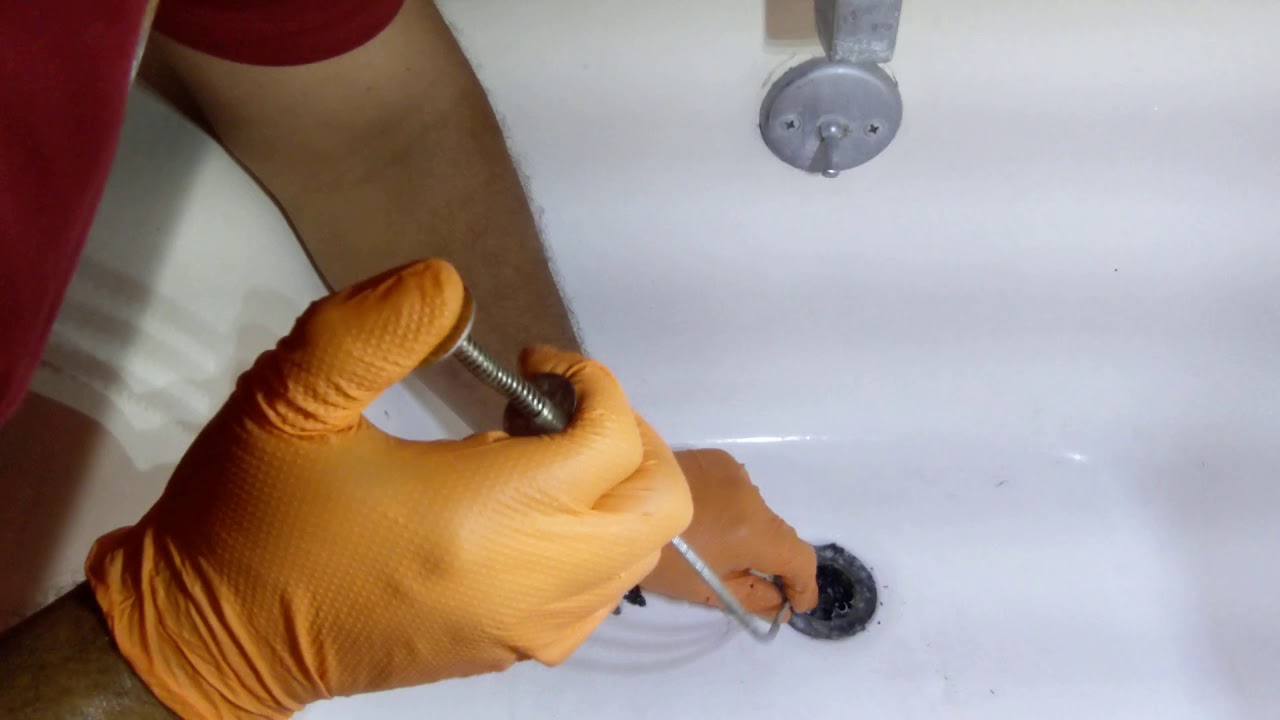
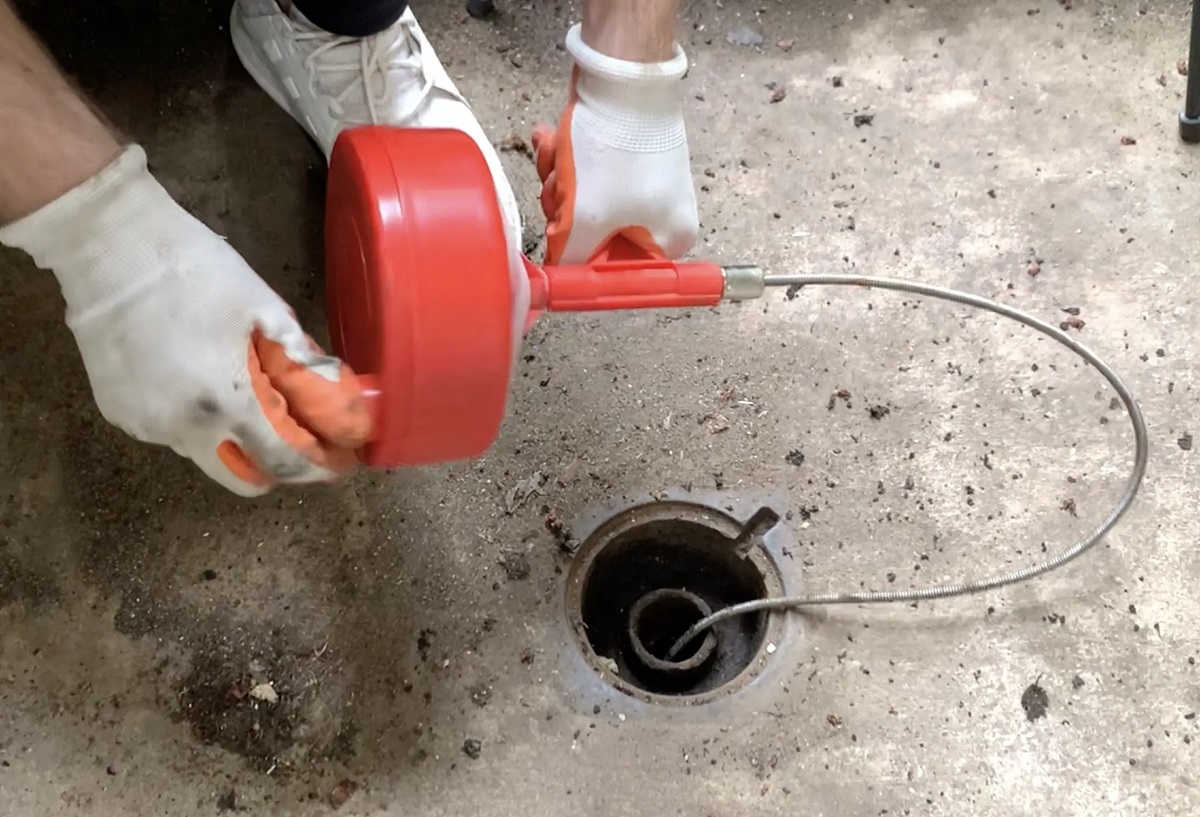

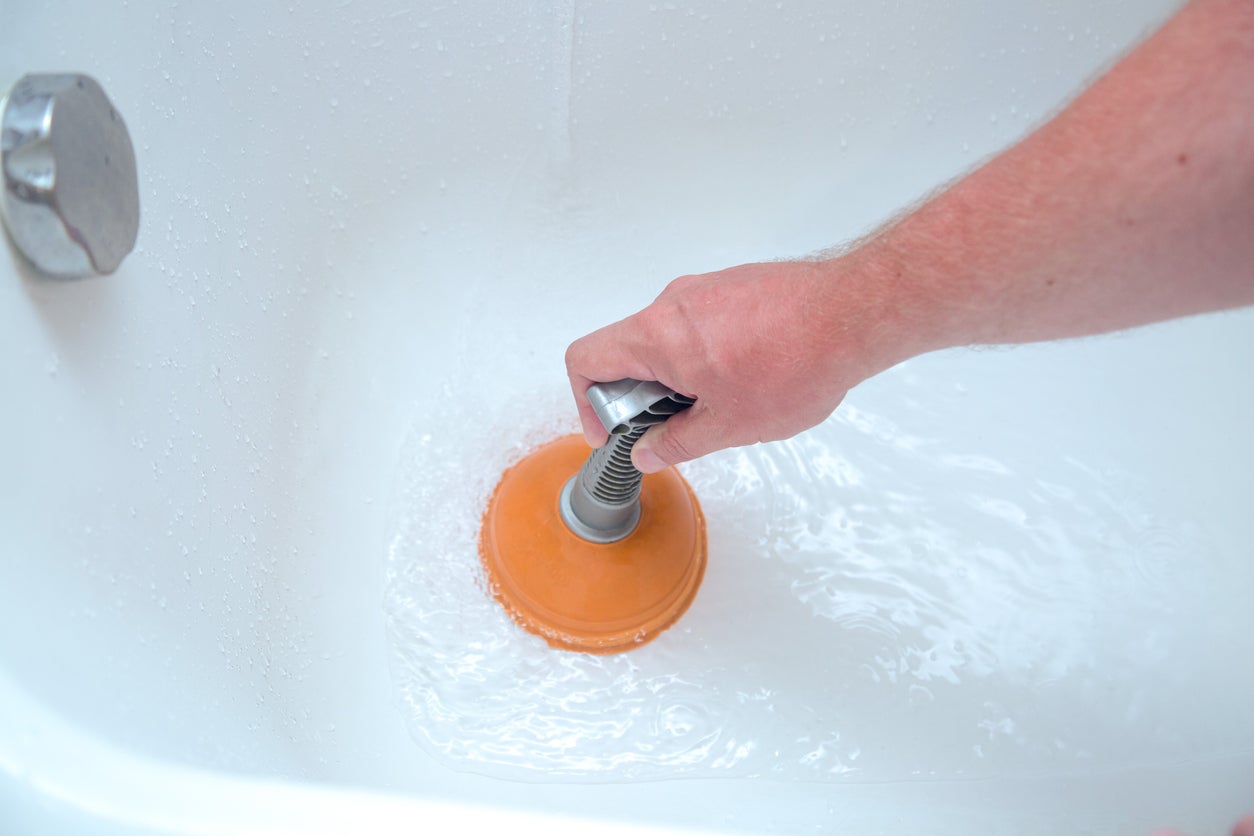

0 thoughts on “How To Unclog A Bathtub Drain With Bleach?”